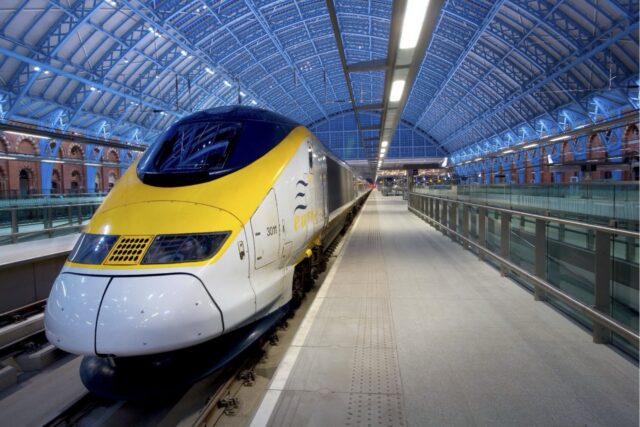US High-Speed Rail Initiatives: A Step Toward Modernization
The United States, home to over 340 million residents, extensive interstate highways, and thousands of public airports, has yet to establish a high-speed rail (HSR) network. However, with two significant HSR projects officially underway, there are increasing hopes for the U.S. to catch up with the advanced rail systems found in China, Japan, and Europe.
Current HSR Projects
According to Rick Harnish of the High Speed Rail Alliance, the commencement of the first two projects marks a crucial step forward. The initial project is the highly complex San Francisco to Los Angeles route, which faces numerous geographical challenges due to California’s mountainous terrain. In contrast, the Las Vegas to Los Angeles project is more straightforward as it traverses flat land.
- San Francisco to Los Angeles
- Las Vegas to Los Angeles (Brightline West)
- Planned routes from Portland to Seattle and Vancouver, and Dallas to Houston
Despite this progress, Harnish cautions that the planning for the Portland to Seattle line is progressing slowly, and the Dallas-Houston connection has come into question following the termination of a $63.9 million grant by the previous administration.
Global Comparisons in HSR Development
In stark contrast to the U.S. situation, China’s HSR network is set to surpass 50,000 kilometers (31,000 miles) this year, aided by the European Union’s robust network of 8,556 kilometers, with Spain leading at 3,190 kilometers. The UK hosts High Speed 1, the 68-mile stretch from the Channel Tunnel to London, while work continues on High Speed 2 from London to Birmingham despite funding hurdles.
While definitions of what constitutes HSR differ, the International Union of Railways generally recognizes trains that can exceed speeds of 250 km/h (155 mph) as high-speed. In the United States, societal preferences for car travel hinder the establishment of HSR systems, leading to skepticism regarding its necessity among portions of the population.
Challenges Ahead
Further complications arose when Stephen Gardner, CEO of Amtrak, resigned last month amid pressure from the White House. Without a high-speed rail service, Amtrak plans to introduce 28 new 160 mph NextGen Acela trains in the Northeast Corridor this year, but currently, only about 50 miles of the 457-mile route supports speeds above 150 mph.
Interestingly, Amtrak is not involved in the construction of existing high-speed lines in California and Nevada, which are under the direction of state and private sectors. The California High-Speed Rail is anticipated to be completed by 2033, while Brightline West is slated to open in 2028.
International Perspectives on HSR
As of now, 23 nations have active HSR systems. Harnish emphasizes that ensuring the safe operation of HSR trains requires stringent measures, such as establishing sealed corridors without highway crossings. Meanwhile, China’s ongoing expansion of its HSR systems is projected to reach approximately 60,000 kilometers by 2030, boosting local economies significantly.
Will Doig, a rail journalist, observes that China’s investments in HSR in neighboring countries extend its geopolitical influence, often through loan arrangements that create dependency.
Future Considerations for the U.S.
Experts emphasize that for HSR to flourish in the U.S., a cultural shift toward prioritizing public transportation is essential. Kaave Pour from 21st Europe points out that significant investments in public infrastructure, similar to those in Europe, could pave the way for successful HSR implementation.
The federal government’s role will be critical, as shown by the recent withholding of funds for the Dallas-Houston project. Scott Sherin from Alstom raises concerns about whether the political will exists to funnel resources into rail over other modes of transportation, particularly in densely populated urban centers where future HSR lines may face space constraints.
As the U.S. grapples with the complexities of establishing a high-speed rail network, the potential partnership with China in this domain remains a complicated yet intriguing prospect.
| Country | HSR Network Length (km) |
|---|---|
| China | 50,000 (2025 projected) |
| European Union | 8,556 |
| Spain | 3,190 |
| United Kingdom | 68 (High Speed 1) |














